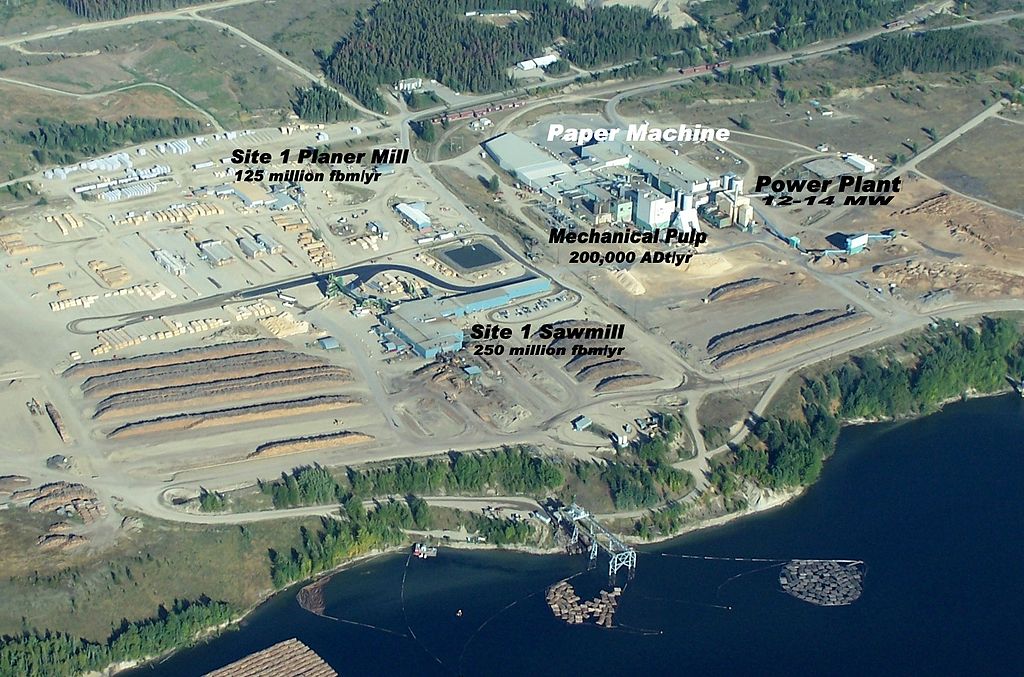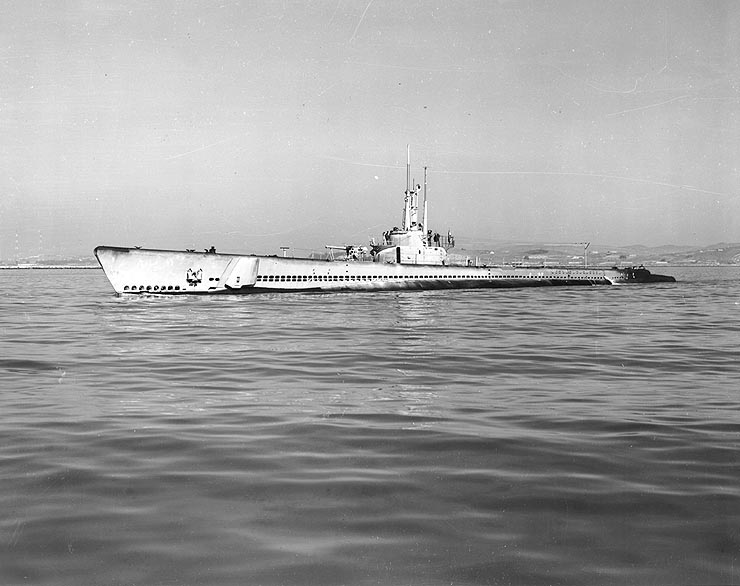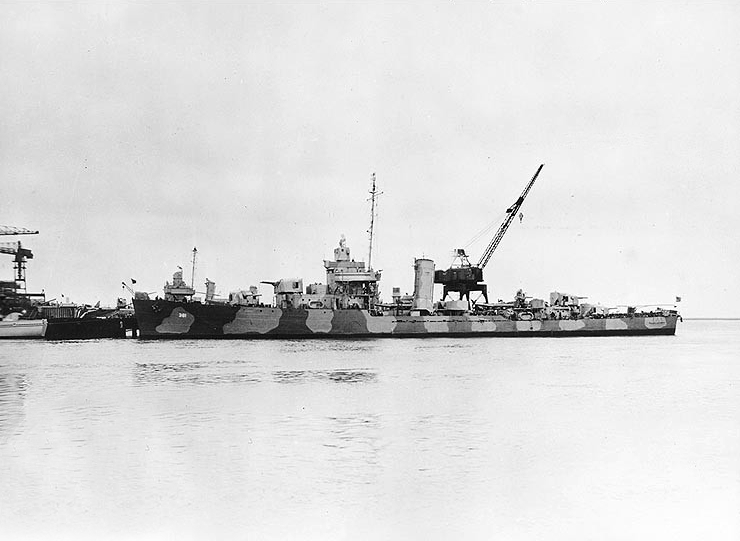History: The Gleaves-class destroyers were a class of 66 destroyers of the United States Navy built 1938?42, designed by Gibbs & Cox. The first ship of the class was USS Gleaves. They were the production destroyer of the US Navy when it entered World War II.
The Gleaves class were initially specified as part of a 24-ship Benson class authorized in fiscal years 1938?40; however, Bethlehem Shipbuilding requested that the six ships designed by them use less complex machinery. Initially, Gleaves and Niblack, although designed by Gibbs & Cox and built by Bath Iron Works, were to follow the Benson design. This temporarily made Livermore the lead ship with more complex machinery, so the class was initially called the Livermore class, and this name persisted through World War II. However, it soon proved possible for Gleaves and Niblack to be built to the Livermore design. Since Gleaves was completed before Livermore and had a lower hull number, the class is more correctly the Gleaves class. Eighteen of these were commissioned in 1940?41. The remaining 48 "repeat Gleaveses" were authorized in 1940?42. These plus the 16 "repeat Bensons" were also known at the time as the Bristol class, after USS Bristol. During World War II the Bensons were usually combined with the Livermores (more correctly the Gleaves class) as the Benson-Livermore class; this persisted in references until at least the 1960s. The classes are now called the Benson-Gleaves class. In some references both classes are combined and called the Benson class. The Benson- and Gleaves-class destroyers were the backbone of the pre-war Neutrality Patrols and brought the action to the enemy by participating in every major naval campaign of the war.
The Gleaves class were initially specified as part of a 24-ship Benson class authorized in fiscal years 1938?40; however, Bethlehem Shipbuilding requested that the six ships designed by them use less complex machinery. Initially, Gleaves and Niblack, although designed by Gibbs & Cox and built by Bath Iron Works, were to follow the Benson design. This temporarily made Livermore the lead ship with more complex machinery, so the class was initially called the Livermore class, and this name persisted through World War II. However, it soon proved possible for Gleaves and Niblack to be built to the Livermore design. Since Gleaves was completed before Livermore and had a lower hull number, the class is more correctly the Gleaves class. Eighteen of these were commissioned in 1940?41. The remaining 48 "repeat Gleaveses" were authorized in 1940?42. These plus the 16 "repeat Bensons" were also known at the time as the Bristol class, after USS Bristol. During World War II the Bensons were usually combined with the Livermores (more correctly the Gleaves class) as the Benson-Livermore class; this persisted in references until at least the 1960s. The classes are now called the Benson-Gleaves class. In some references both classes are combined and called the Benson class. The Benson- and Gleaves-class destroyers were the backbone of the pre-war Neutrality Patrols and brought the action to the enemy by participating in every major naval campaign of the war.
Type: Destroyer
Primary Country: The U.S. is a country of 50 states covering a vast swath of North America, with Alaska in the northwest and Hawaii extending the nation’s presence into the Pacific Ocean. Major Atlantic Coast cities are New York, a global finance and culture center, and capital Washington, DC. Midwestern metropolis Chicago is known for influential architecture and on the west coast, Los Angeles' Hollywood is famed for filmmaking.
Item Links: We found: 2 different collections associated with Gleaves - Destroyer
- Collection Warship Classes: 2 different items.
- Collection Warships: 66 different items.
Item created by: gdm on 2019-03-25 14:04:07
If you see errors or missing data in this entry, please feel free to log in and edit it. Anyone with a Gmail account can log in instantly.
If you see errors or missing data in this entry, please feel free to log in and edit it. Anyone with a Gmail account can log in instantly.







